The Draft Law on Teachers is expected to create a breakthrough in building and developing the team, starting with changes in state management of teachers.
 |
| The draft Law on Teachers creates a breakthrough in building the teaching staff. (Photo: My Hue) |
The Ministry of Education and Training is developing and seeking comments on the draft Law on Teachers. According to the agenda of the 8th Session of the 15th National Assembly, on November 9, the draft Law on Teachers will be submitted to the National Assembly for comments for the first time.
Accordingly, the draft Law on Teachers proposes to give the education sector the initiative in recruiting and using teachers. Specifically, education management agencies will preside over (or delegate to educational institutions) the recruitment, mobilization, arrangement and appointment of teachers.
Regarding authority, according to the draft, teachers in public educational institutions are recruited by the educational management agency in charge or delegated authority. For educational institutions granted autonomy, the head of the educational institution carries out recruitment.
Teachers in non-public educational institutions are recruited by the educational institution in accordance with the regulations on organization and operation of the educational institution. The authority to mobilize and second teachers is advised by the educational management agency or implemented according to decentralization and authorization.
The appointment of teachers to management positions in public educational institutions is presided over, advised, decided or recognized by the educational management agency according to its authority.
In particular, the Ministry of Education and Training and the Ministry of Labor, Invalids and Social Affairs will be responsible to the Government for implementing state management of teachers and will be the agencies in charge of developing strategies, projects, development plans, and total staffing of teachers under their management authority to submit to competent authorities for decision. These are also the agencies that issue criteria, standards, recruitment methods, and pedagogical practice content in teacher recruitment/examinations; and coordinate the staffing of teachers in public educational institutions according to the number assigned by competent authorities.
Teachers need to be managed by human resource management model?
Dr. Pham Do Nhat Tien believes that the current state management model for teachers leaves the problem of staff unsolved.
“In reality, in the current unified state management of education, the Ministry of Education and Training only has the right to unify professional management of education; the Ministry of Home Affairs unifies human resource management of education; the Ministry of Finance unifies financial management of education. That is, although the Ministry of Education and Training has the responsibility before the State and society in implementing state management of education, it has no right to make decisions related to the two most important resources for implementation: money and people.”
According to Mr. Tien, such division of responsibilities between the Ministry of Education and Training and the Ministry of Home Affairs in state management of teachers is a characteristic of the human resource management model and needs to be changed.
“This management model is one of the reasons why the problem of building a team of teachers with sufficient quantity and reasonable scale has not yet been satisfactorily solved. It needs to be replaced by a human resource management model. In which, the Ministry of Home Affairs presides over and coordinates with the Ministry of Education and Training and the Ministry of Labor, Invalids and Social Affairs to advise and submit to competent authorities to decide on the number and assign staffing quotas to the education sector, monitor and evaluate the implementation. The Ministry of Education and Training and the Ministry of Labor, Invalids and Social Affairs are responsible for allocating staffing quotas to ministries and provincial People's Committees, and directing the implementation within the assigned tasks and powers,” Mr. Tien proposed.
Many opinions say that if the contents of the draft Law on Teachers are implemented, the education sector will be more proactive in managing and developing the teaching staff.
In addition, with such proactive authority, the state management agency of education can manage the teaching staff with expertise and quality, instead of managing with administrative tools that are not suitable for the professional characteristics of this group. From there, it helps to standardize the teaching staff, improving the quality of the entire education system.
In addition, the regulations on state management of teachers designed in the Teachers Law project can also help resolve many current shortcomings such as the local surplus and shortage of teachers at preschool and general education levels that has been happening for many years...
Source



![[Photo] Opening of the World Cultural Festival in Hanoi](https://vphoto.vietnam.vn/thumb/1200x675/vietnam/resource/IMAGE/2025/10/10/1760113426728_ndo_br_lehoi-khaimac-jpg.webp)


![[Photo] Ho Chi Minh City is brilliant with flags and flowers on the eve of the 1st Party Congress, term 2025-2030](https://vphoto.vietnam.vn/thumb/1200x675/vietnam/resource/IMAGE/2025/10/10/1760102923219_ndo_br_thiet-ke-chua-co-ten-43-png.webp)
![[Photo] General Secretary attends the parade to celebrate the 80th anniversary of the founding of the Korean Workers' Party](https://vphoto.vietnam.vn/thumb/1200x675/vietnam/resource/IMAGE/2025/10/11/1760150039564_vna-potal-tong-bi-thu-du-le-duyet-binh-ky-niem-80-nam-thanh-lap-dang-lao-dong-trieu-tien-8331994-jpg.webp)
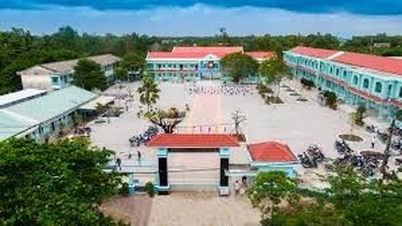

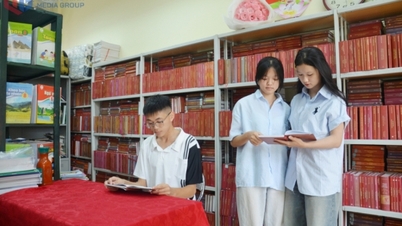





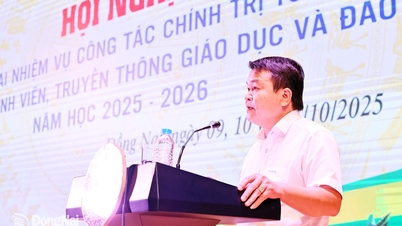








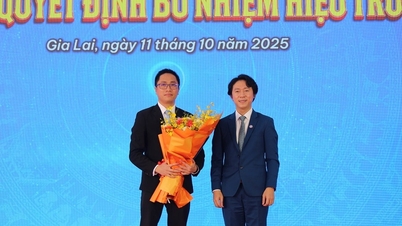

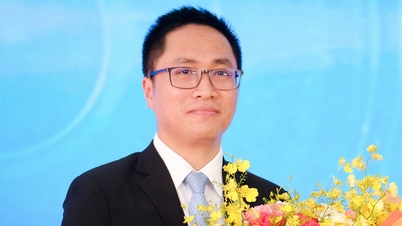





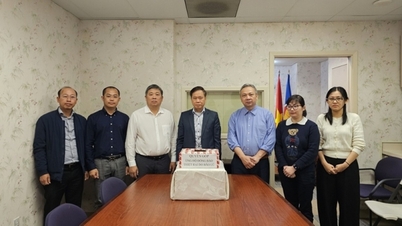

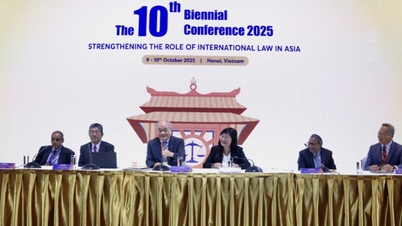

























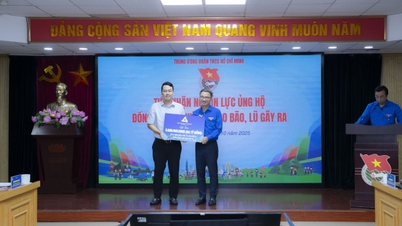



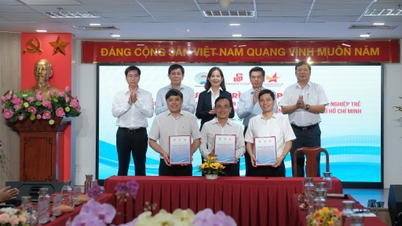

















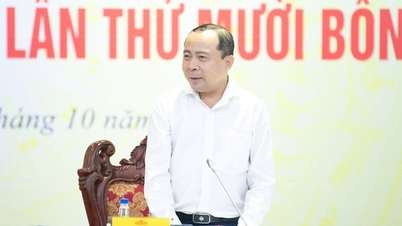


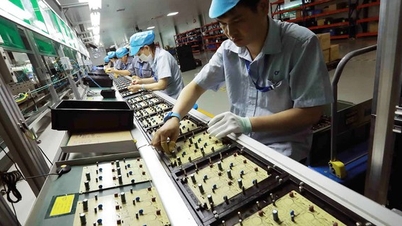
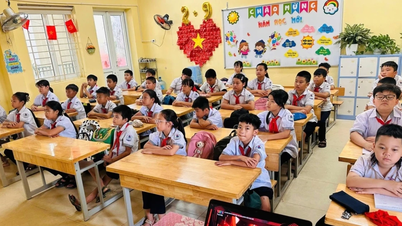



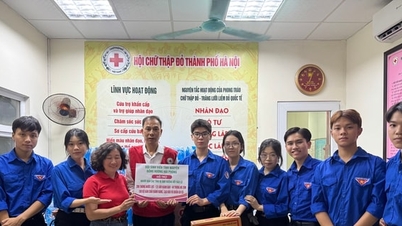



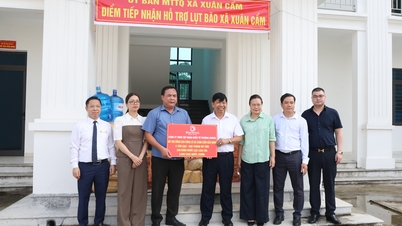














Comment (0)